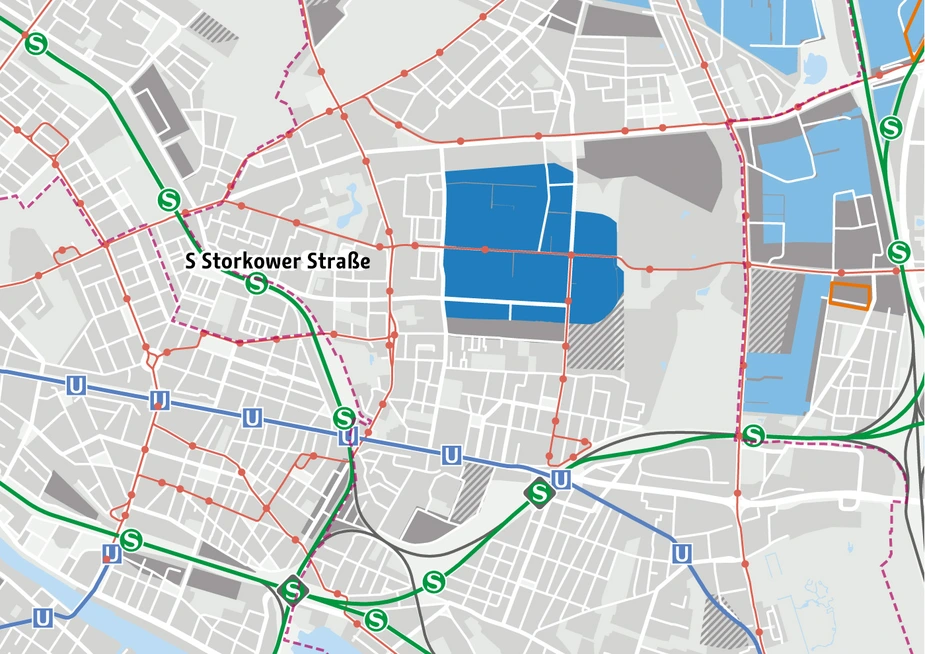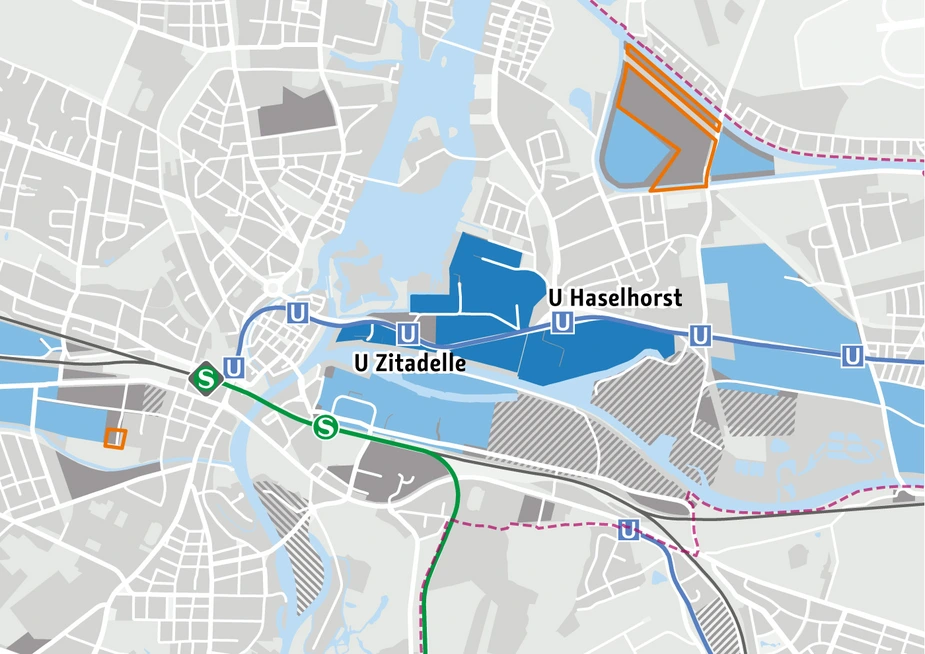Gewerbehöfe 2.0 – where will they be built?
TU students conduct feasibility study for developing local hubs for skilled trade businesses in Berlin
Berlin needs these revived local hubs for skilled trade businesses. But what is going on there? A team of students at Technical University Berlin conducted a feasibility study under the auspices of Prof. Dr. Lech Suwala.
The professor for urban and regional development at Technical University Berlin (TU) says one thing upfront: “The study was largely developed by the students themselves. Two colleagues from WISTA Management GmbH and I were merely advising them.” Since the growth of business from the skilled trades is desired, but space is scarce, the price per square meter is rapidly increasing. Suwala: “We are seeing considerable competition for space between residential and commercial construction.”
When WISTA requested an analysis of two potential new locations, eight students formed a project group during the summer semester 2020. The aim was to scrutinise two areas in Spandau and Lichtenberg – including a location analysis, an urban development concept study, and a land use concept. The study will aide WISTA in developing both locations in due time.
The hub planned in Lichtenberg will be focused on skilled crafts and trades and manufacturing industries. The reason: It is set right in the middle of a historic location, including landmarked industrial buildings. After 1990, much of the area fell into disrepair and many of the companies that had shaped the area no longer existed. It is mainly home to small and medium-sized craft and trade companies. Metal processing as well as construction of vehicles, machine, and tools, electrical and railroad engineering are the most important local industries.
The situation in Spandau is completely different: the hub planned there is suitable for small-sized skilled trade businesses as well as the technology and start-up scene. The proximity to Siemensstadt 2.0, BMW, and many other long-established local companies will facilitate diverse forms of networking and cooperation. Suwala: “It’s about setting up an economic ecosystem!”
If needed, these places could also feature kindergartens or similar facilities. This is Berlin’s largest industrial locations, which is mainly characterised by industries requiring ample space like the food industry, construction, and manufacturing in addition to the skilled crafts and trades. The aim is to make it more attractive.
The location in Lichtenberg, on the one hand, is particularly suitable for development due to its rectangular shape. In Spandau, on the other hand, the area is 280 metres long and 60 metres wide, which will require a different overall construction depth based on its size. Inside the buildings, it is planned to reduce corridors and development areas to a minimum. Ceiling loads, too, must be precisely calculated – because they are expensive. All these considerations serve the goal of an economically viable operating concept.
Other peculiar features: A high-voltage line in Lichtenberg and, in Spandau, an unsecured access road are hindering development. Experts are working to shed light on the matter. In addition, they are preparing traffic reports and soil contamination investigations.
Technological innovation – to cite one of the student’s insights – will have a decisive influence on the structure of skilled trade businesses in the future. The future will be smarter, more digital, and more sustainable. 5G mobile phone infrastructures and 3D printing will crucially contribute to this. They are important requirements for more flexible production processes, digital and automated workflows, and a new spatial division of labour. Making industrial processes cleaner, less noisy, and more space-saving will facilitate their return to an urban environment.
Suwala: “These are important future trends: The skilled trades are to return to the inner cities and, with it, version 2.0 of Berlin’s characteristic mix. We want to base skilled tradespeople and local companies next to start-ups. We want to bring working and living more closely together. In the end, we want both the city as a whole and its inhabitants to benefit from this – urgently needed tax revenues and liveable urban spaces!” The guiding principle here is the “city of short distances”.
By Kathrin Reisinger for Potenzial – The WISTA Magazine

